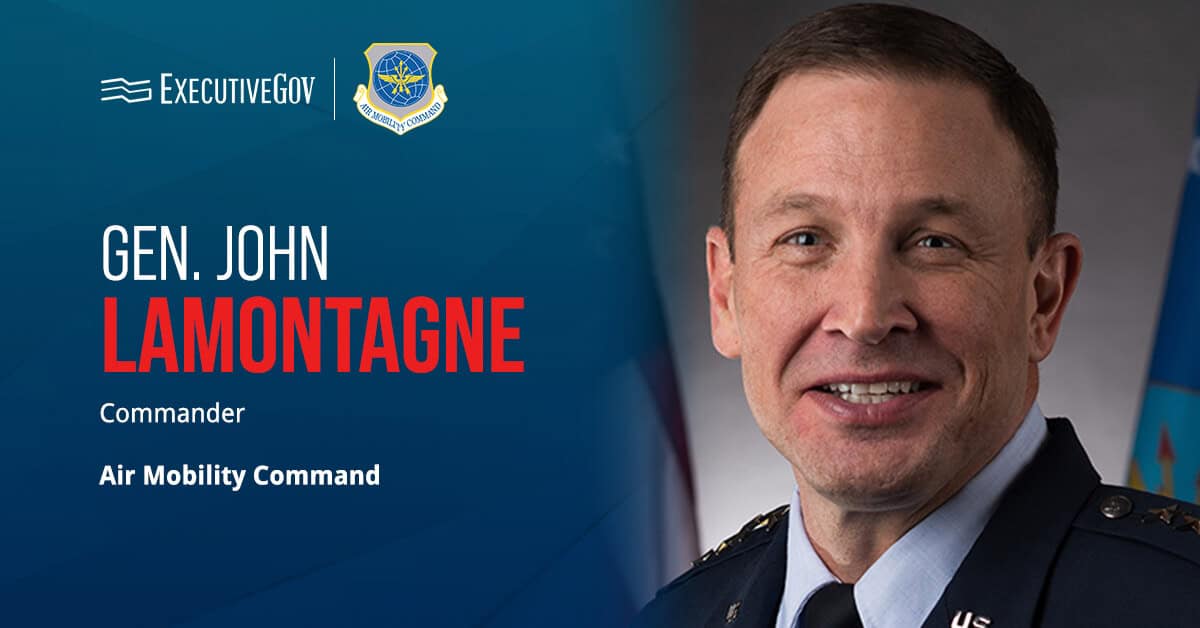 North Korea has said it has developed the capacity to test-launch an intercontinental ballistic missile at any time and location that leader Kim Jong-Un dictates, Reuters reported Monday.
North Korea has said it has developed the capacity to test-launch an intercontinental ballistic missile at any time and location that leader Kim Jong-Un dictates, Reuters reported Monday.Jack Kim and Ju-min Park write the North Korean government indicated its arms development efforts are in response to U.S. policies.
Outgoing U.S. Defense Secretary Ashton Carter has noted that North Korea’s ballistic missile defense and nuclear weapons programs reflect a “serious” threat to the U.S. and its allies and that U.S. defense forces are prepared to intercept potential missile launches or tests.
The report said the White House added it will employ diplomatic pressure and defensive measures such as anti-ballistic missile facilities across the Pacific to address the threat from North Korea.





